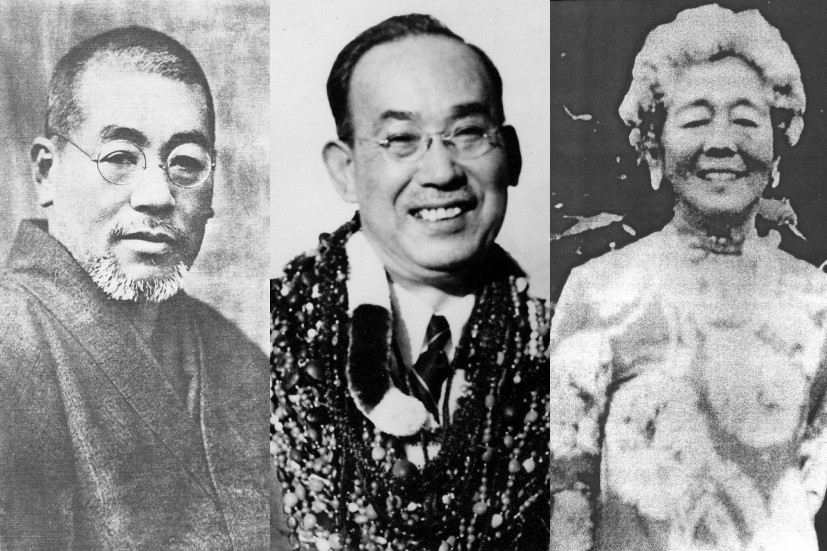
Reiki History - A Close Look About Its Founder, Origins, and Traditions
Table of Contents
What is Reiki?
Developed in the early 20th century by Mikao Usui, Reiki (レイキ) is a spiritual healing art that has its origins in Japan. Reiki is derived from the Japanese words (Rei) meaning "Universal Life" and (Ki) meaning "Energy." It's a subtle but powerful type of energy work that employs spiritually driven life force energy.
Reiki has a wide variety of advantages. Some people seek reiki for assistance with their energy levels, stress management, or life changes. Others will develop spiritually and find more meaning in their lives.
Most people report feeling calm and comfortable after treatment, and some even report feeling more energetic, clear-headed, and efficient. Many people who receive reiki therapies or study reiki know that balancing their systems will help them cope better with a number of health problems, such as stress, anxiety, depression, chronic pain, and infertility, to name a few.
Reiki is a simple, safe, and risk-free spiritual healing and self-improvement technique that anyone can use. It has been shown to be successful in treating nearly every known disease and malady, and it always has a positive outcome.
The History of Reiki
Many books on the history of reiki vary since very little was understood about Dr. Usui and the roots of reiki.
Rather than a one-size-fits-all scheme, it's important to consider how reiki developed through the reiki lineage and how it was tailored to the needs of the students. The reiki method has several different facets that are often ignored because they appear to be "easy."
The reiki concepts are often seen as the system's base, helping to bring reiki consciousness into everyday life, the true meaning of reiju and how it came to be known as 'attunement,' embodying the symbols conventional meanings through our self-practice and meditation, and, of course, the importance of regular self-practice.
Reiki has depth, and we can develop a relationship with our reiki practice that will continue to educate and guide us.
The Founder of Reiki - Dr. Mikao Usui
Mikao Usui, also known as Usui Sensei to his Japanese students, was born on August 15, 1865, in the village of Taniai in the Yamagata district of Gifu prefecture, near Nagoya, Japan.
He was a voracious learner who put forth a lot of effort in his studies. He traveled to Europe and China to further his education as he grew older. His studies included medicine, psychology, and religion, as well as divination, an ability that Asians have long regarded as valuable. Usui Sensei also joined the Rei Jyutu Ka, a metaphysical organization dedicated to the development of psychic abilities. He worked as a civil servant, a business employee, and a journalist, and he assisted in the rehabilitation of prisoners.
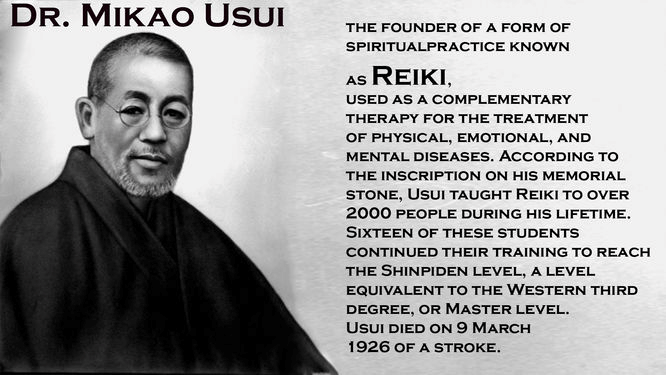
He eventually became the secretary to Shinpei Goto, the head of the health and welfare department and later the mayor of Tokyo. Usui Sensei's contacts at this job helped him become a good businessman as well.
Usui Sensei's personal and professional lives were collapsing in March 1922. Usui Sensei had spent a lot of time meditating at power spots on Mount Kurama, where he had received his early Buddhist instruction, as a sensitive spiritualist. He wanted to spend some time on this holy mountain to see if he could find a cure to his personal problems; contrary to popular belief, he was not looking for a means of healing.
He participated in Isyu Guo, a twenty-one-day training course offered by the nearby Tendai Buddhist Temple. We don't know exactly what he was expected to do during this exercise, but it's possible that fasting, meditation, singing, and prayers were included.
In addition, we know that Mt. Kurama has a small waterfall where people also go to meditate. Standing under a waterfall and allowing the water to touch and rush over the top of the head is a meditation that is believed to stimulate the crown chakra.
Usui Sensei, according to Japanese Reiki Masters, may have used this meditation as part of his instruction. In any case, the great Reiki energy invaded his crown chakra during the Isyu Guo preparation. This infused him with a vast amount of divine light, and he gained insight into how to overcome his personal issues.
He acknowledged that he was the Universe's energy and awareness and that the particular state of enlightenment he wanted had been bestowed upon him as a reward. This revelation made him ecstatic.
He was so ecstatic and ran down the mountain as soon as he realized what had happened. He stubbed his toe on a rock on his way down and collapsed. And he did what anybody else would do: he put his hands on the painful toe. As he did so, healing energies started to pour spontaneously from his fingertips. His toe pain subsided, and he was able to treat it. This astounded Usui Sensei.
He knew that, along with the enlightening experience, he had also been given the gift of healing. He also realized that becoming a healer and training others was his life's calling.
Usui Sensei built his healing method through experimenting and the application of expertise and knowledge gleaned from his previous study of religious rituals, philosophy, and theological disciplines.
Shin-Shin Kai-Zen Usui Reiki Ryo-Ho (The Usui Reiki Treatment Method for Improvement of Body and Mind), or Usui Reiki Ryoho in its simplest form, was the name he gave to his healing system (Usui Reiki Healing Method).
He moved to Tokyo in April 1922 and founded the Usui Reiki Ryoho Gakkai, a healing society (Usui Reiki Healing Method Society). In Harajuku, Aoyama, Tokyo, he also opened a Reiki clinic. He gave treatments and taught classes there.
Shoden (First Degree) was the lowest level of his training and was divided into four levels: Loku-Tou, Go-Tou, Yon-Tou, and San-Tou. When Mrs. Takata taught this level, which we call Reiki Level I in the West, she merged all four levels into one. This is probably why she did four Level I attunements.)
The following degree was known as Okuden (Inner Teaching). The following degree was Shinpiden (Mystery Teaching), which is equivalent to master level.
Contrary to popular belief, Usui Sensei only had three symbols, the same three that we use in Reiki II in the West. He didn't employ the use of a master symbol. Hiroshi Doi and Hyakuten Inamoto, Arjava Petter, and Tadao Yamaguchi conducted research to confirm this fact.
Tokyo was ravaged by the great Kanto earthquake in 1923. About 140,000 people were killed, and more than half of the homes and buildings were destroyed or burnt. A large number of people have been left homeless, wounded, sick, and bereaved.
Usui Sensei was moved by the people's suffering and started helping as much as he could with Reiki. This was a huge undertaking, and it was at this point that he started teaching other Shihan (teachers). He also developed methods at this period, including a more systematic Reiju (attunement) procedure.
The demand for Reiki increased to the point that Usui Sensei had to expand his clinic, which he did in Nakano, Tokyo, in 1925. As a result, his popularity as a healer spread across Japan.
He started to travel in order to educate and treat a larger number of people. During his travels across Japan, he taught over 2,000 students and initiated twenty Shihan, each of whom was given the same understanding of Reiki as he was and was approved to teach and offer Reiju in the same way he did.
He received the Kun San To award from the Japanese government for his selfless service to others. On March 9, 1926, while traveling to Fukuyama to teach, he suffered a stroke and died. Saihoji Temple in Suginami, Tokyo, is where he is buried.
Reiki was a spiritual practice for Usui, allowing each individual to awaken to their true nature. He tailored his lessons to each individual student. Some students may have been given symbols to research and chant, while others may have been assigned to contemplate a reiki concept, and so on.
Chujiro Hayashi - Reiki Continues to Develop
Dr. Usui trained many Reiki masters before his death to ensure that his system would not be forgotten.
Based on his previous experience as a medical doctor in the Navy, he asked Hayashi Sensei to open his own Reiki clinic and to extend and improve Reiki Ryoho.
Hayashi Sensei opened Hayashi Reiki Kenkyukai, a school, and clinic, in response to this appeal. Dr. Chujiro Hayashi, one of Usui's 21 instructor pupils, began studying with him in May 1925. He was a former naval officer and surgeon who spent ten months studying with Usui before the latter's death in March 1926.
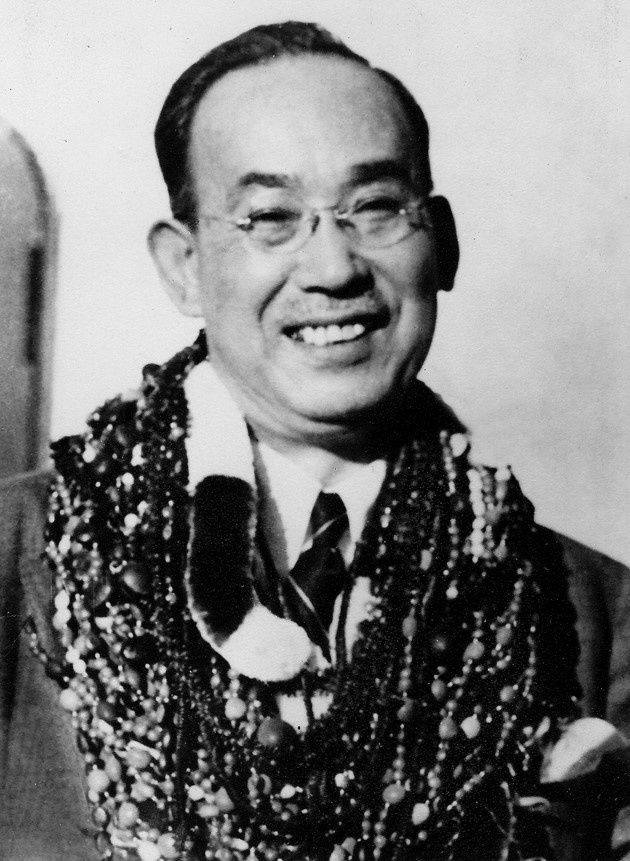
He maintained meticulous records of all the diseases and disorders that his patients brought to him. He also kept track of which Reiki hand positions were most effective in treating different patients. He produced the Reiki Ryoho Shinshin based on these documents (Guidelines for Reiki Healing Method). He used this healing guide in a class manual for his students. In exchange for working in his clinic, several of his students earned Reiki training.
Hayashi Sensei also altered the way Reiki treatments are administered. Rather than having the client sit in a chair and be handled by a single practitioner, as Usui Sensei had done, Hayashi Sensei had the client lie down on a treatment table and be treated by multiple practitioners at the same time.
He also devised a more efficient method for distributing Reiju (attunements). He also created a new way of teaching Reiki that he used while he was on the road.
He taught both Shoden and Okuden (Reiki I&II) in one five-day seminar using this approach. Two to three hours of instruction and one Reiju is included in each day.
After completing Hayashi Sensei's class, students were encouraged to receive Reiju on a regular basis from their local Shihan or instructor in order to continue to improve and develop the consistency of the Reiki energy that they channeled, according to the Usui system.
Dr. Hayashi's clinic gained notoriety and prominence in Japan, and it was very effective in delivering healing energies to a large number of people. It was here that the emphasis was on healing rather than personal growth (Usui saw reiki as a spiritual journey to one's true self).
He was requested by the Japanese military to provide information about the position of warehouses and other military targets in Honolulu because of his trip to Hawaii in 1937–38 prior to the Japanese attack on Pearl Harbor. When he declined, he was labeled a traitor.
This caused him to "lose face," implying that he and his family would be disgraced and shunned by Japanese society. The only option was to commit seppuku (ritual suicide), which he did. On May 11, 1940, he died honorably.
Mrs. Hawayo Takata - Reiki is making its way to the West
After being diagnosed with a number of illnesses, the most serious of which was asthma, Hawayo Takata was guided to Hayashi Sensei's clinic in Tokyo, where she was completely healed after four months of Reiki therapies.
She needed to study Reiki so she could continue to treat herself and share it with others as she returned to Hawaii. Hayashi Sensei gave her permission to operate at his clinic and started teaching her Reiki. She worked at the clinic for a year and finally earned the Shinpiden standard (Reiki Master).
On February 21, 1938, Hayashi Sensei remembered this in Hawaii and added that she was one of thirteen Reiki Masters he had studied. Takata Sensei studied Reiki in Hawaii and opened several clinics, one of which was in Hilo, Big Island.
She provided therapies and Reiki II training to students. She became a well-known healer who lectured and treated people around the United States and across the world. She was a powerful healer who credited her performance to the fact that she gave a client a lot of Reiki.
She would also perform several sessions, each lasting up to an hour, and treat complicated patients on a daily basis for months before the person was completely cured. She also initiated members of a client's family to assist with this procedure so they could send Reiki to the client as well.
Takata Sensei had a distinct method of studying and teaching Reiki that was distinctly different from that of Usui Sensei and Hayashi Sensei.
Takata Sensei's late pupil John Harvey Gray was one of her most admired students, and she also said that he would be one of three Reiki Masters to take on her practice after she retired. In his Reiki novel, he mentions that Takata Sensei modified the way she learned Reiki because she believed the Japanese style was too hard for the Western mind to grasp.
She claimed to have streamlined the method as a result of this. This involved the development of her own hand position scheme, dubbed "the foundation care" by her. There were eight hand positions on the abdomen, shoulders, and head in all. She also added some back positions in case the client needed them.
The Master symbol was required in her system in order to provide attunements, and it could also be used for healing during Reiki sessions.
Takata Sensei's simple system was successful, and it has proven to yield useful results for her students and their clients. Takata Sensei may therefore be considered a key figure in the development of Usui Reiki Ryoho.
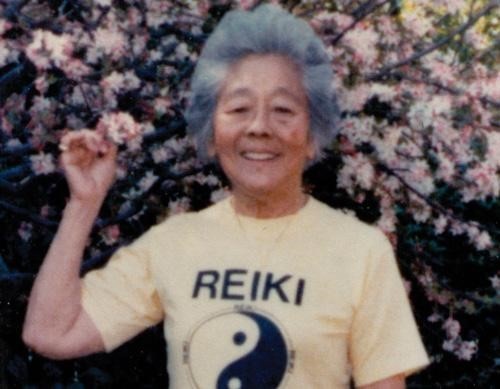
Mrs. Takata had introduced twenty-two Reiki Masters until her transition on December 11, 1980. These twenty-two Masters started to impart their knowledge to others. Mrs. Takata, on the other hand, had made each of them take a holy oath to teach Reiki in the same way she had. Most of them found it impossible to adapt, even though some of her laws made learning more difficult, which seemed to go against the spirit of Reiki.
Takata Sensei saved Reiki from extinction by learning it in Japan and then returning to Hawaii and teaching it until World War II.
She was a wonderful trainer and promoter of Reiki, and she taught courses all over Hawaii and the United States mainland.
Modern Reiki
Reiki energy is very adaptable and imaginative, responding to each case differently and operating in tandem with other therapeutic modalities. The Reiki force itself serves as an excellent model for Reiki practice.
After Takata Sensei's death, this was eventually remembered. Reiki practitioners today follow the practices established by Dr. Usui, the founder of Usui Reiki.
Modern Reiki masters can transmit Reiki energy to others by soft static light pressure contact using conventional Reiki hand positions, even over long distances, similar to how prayer is transmitted.
Reiki therapy can be used to aid in the potential healing of individuals recovering from trauma, sickness, cancer, and more. It complements both herbal medicines and conventional medicine.
It is estimated that there are at least 1,000,000 Reiki Masters and just over 4,000,000 Reiki students in the world currently, with the figures continuing to rise.
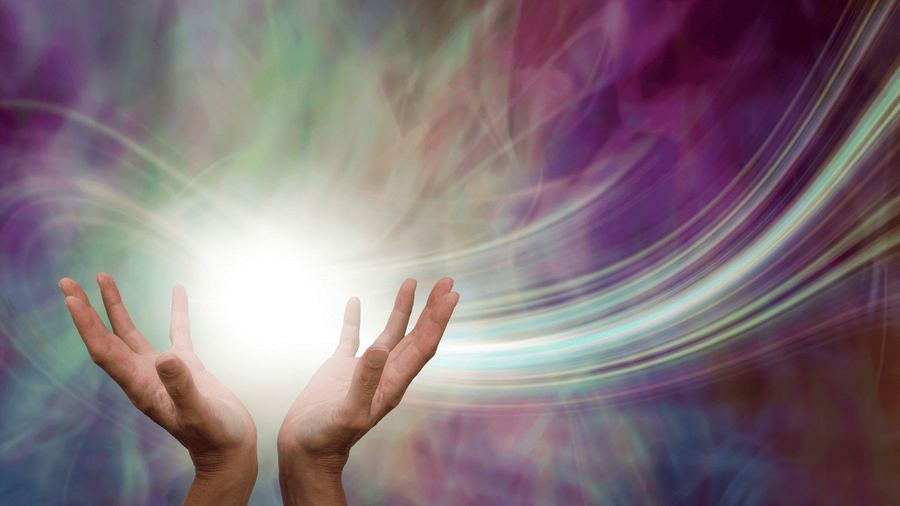
The Evolution of Reiki
Reiki has no limits in terms of what it will do for you. Reiki is something that is intended to be created, as Usui Sensei, Hayashi Sensei, and Takata Sensei have shown. This is true not only for the methods used to perform Reiki but also for the healing spirit itself.
Since Reiki energy comes from an infinite source, no matter how developed and evolved one's healing energy has been, one will always be channeling only a small portion of the potential healing energy that is available; it is always possible for the quality, effectiveness, and benefit of one's healing energies to improve, and this includes what happens in the Attunements, Placing, and other forms of Reiki energy work.
When Usui Sensei said he wasn't at the top of the Reiki healing scheme, but one level down, he was alluding to this.
It's also worth noting that Jesus, who is widely regarded as a great healer and spiritual master, said in the Bible that we should do anything he had done and much more.
The Fundamentals of Reiki
We become mindful of a wealth of good values embodied within the core of the Reiki force as we meditate on it, both when giving therapies to others and to ourselves, as well as when teaching lessons and giving attunements.
These values carry us up into ever more refined emotions of calm, pleasure, and satisfaction, transcending states of awareness that we are normally capable of. They are also capable of assisting us in the development of stable, optimistic personality characteristics.
Reiki honors our free will and will not restore us or help us establish these higher states until we ask it to. This necessitates our willingness to adapt.
If we are to progress with our personal recovery, we must be able to recognize unhealthy personal traits within ourselves and be ready to let them go.
Reiki will lead those who embrace Reiki as their sacred journey and dedicate themselves to allowing it to cure them fully and surrendering to its power to do so more easily in the path of healing.
This method will include enhancing the strength of Reiki energies that can be channeled as well as assisting in the development of all the attributes that are beneficial to a person's wellbeing.
Reiki will cure us and those who come to us for Reiki sessions and lessons more quickly and thoroughly as the consistency increases.

When one's ability to harness Reiki energies improves inconsistency and effectiveness, one becomes more mindful of the nature of Reiki and the wonderful places it can take us.
Patience, respect for self and others, and non-competitiveness are some of the optimistic, balanced qualities Reiki will help us cultivate.
It helps us accept and be nonjudgmental about others' ideas and beliefs, strengthens our ability to forgive, cultivates gratitude for friends and family and what we have and experience, improves the quality of joy and peace we have, and, most importantly, strengthens our connection to the Reiki Source such that an ever-stronger sense of safety develops as Reiki is used more.
This knowledge allows one to recognize Reiki's limitless ability.
The fact that both Usui Sensei and Hayashi Sensei encouraged their students to refine and develop the standard of Reiki they might channel backs up this theory.
It's also clear from the concept that if Reiki comes from an infinite future, as most Reiki practitioners believe, then no matter how powerful our Reiki is, it can still be improved.
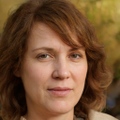
Related
Chanting And Toning With Karuna Reiki
The Karuna Reiki experience taught me that toning or chanting during a Karuna Reiki session causes profound shifts in the healing energy's vibrational frequency. The Mahayana Buddhist tradition of the bodhisattva Avalokitesvhara, who creates the Sound that Illuminates the World, validates this notion.
The Ethics Of Distant Reiki Healing
The Second Degree procedures teach you how to transmit powerful healing to anybody, anywhere, at any time, including the past and future. Using the Distant (Connection) Symbol helps you to construct a bridge between you and the person (or animal) you wish to heal.
Guided Meditation To Help Heal The Shadow Self Can Change Your Life
The shadow self refers to the aspects of ourselves that have been repressed into the unconscious — the aspects of ourselves that we are insecure about, ashamed of, or frustrated with. The shadow self-concept is based on the idea that we metaphorically bury those aspects of our personalities that we fear will not be accepted, accepted, or loved by others; thus, we keep them in the shadows.
How To Build A Successful Reiki Practice - FAQs
After you've mastered the techniques necessary to perform Reiki on others in-person and remotely, it is entirely up to you to decide whether Reiki is something you wish to pursue as a more formal public practice.
Integrative And Functional Medicine —Personalized Care For The 21st Century
The goal of integrative and functional medicine is to get to the root cause of health problems and treat the whole person with a combination of approaches—optimizing health for those who have it and restoring health for those who have lost it. Integrative medicine and functional medicine are often used interchangeably, but the terms are actually referring to two different approaches to patient care.
The Karuna Reiki Attunements
A common belief is that compassionate action is captured in this non-traditional form of Reiki. When used in conjunction with Usui Reiki, it has a powerful effect on its own, but even more so.
Karuna Master Symbols and Their Uses
Other healing systems incorporate the Karuna Reiki Master symbols. For instance, The International Center for Reiki Training incorporates the Usui Dai Ko Myo, Tibetan Dai Ko Mio, and Tibetan Fire Serpent into our Usui/Tibetan Reiki Master Training.
Kuan Yin - The Goddess Of Mercy
Kuan Yin is an example of an enlightened being. Bodhisattva, or enlightened being, guards the earth. The Chinese deity Kuan Yin is revered as a symbol of compassion and love.
Possible Side Effects Of A Karuna Reiki Attunement
Becoming a Reiki practitioner with the ability to heal oneself and others is a beautiful path that allows you to make a difference in the world. While it is exciting to receive an attunement in order to increase your frequency and connection to the universal life force energy, these attunements come at a cost.
The Traditional Karuna Reiki Attunements
Karuna is typically only taught to Usui Reiki Master practitioners. There are four levels of Karuna instruction. There are four levels of mastery in this system: two for practitioners and two for masters.
Original Karuna Attunements - The Sai Baba Reiki Attunements
For those wishing to view the original Sai Baba attunement process in order to compare it to later attunements, these are included for informational purposes only. You will notice a resemblance between these and the attunements developed later.
